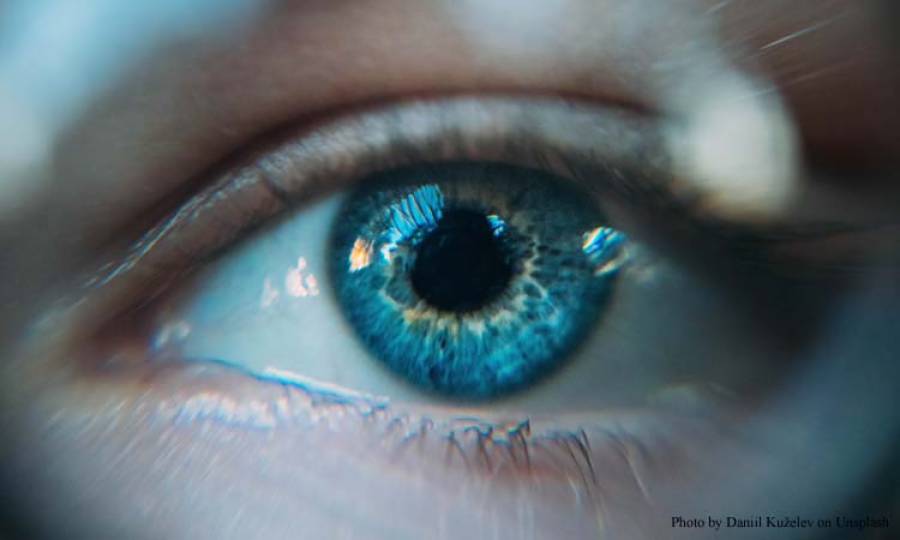January reminds about glaucoma

The month of January has been designated as National Glaucoma Awareness Month to increase consciousness and support people who suffer from glaucoma. Glaucoma is a condition in which the optic nerve of the eye is injured due to increased intraocular pressure. Glaucoma is avoidable. Therefore it is essential to understand how to avoid it.
In order to raise awareness and assistance for those who have glaucoma, January has been declared as the National Glaucoma Awareness Month. Vision loss and blindness are two of the most common outcomes of glaucoma. In the early stages of the disease, glaucoma is referred to as "the sneak thief of sight" because there are few symptoms or warning signs. Only a comprehensive eye exam performed by an ophthalmologist will reveal the condition's presence or absence in your case.
What is Glaucoma?
Glaucoma is a disease in which the eye's optic nerve is damaged due to an increase in intraocular pressure. Primary Open Angle Glaucoma (POAG) is the most common form of this disease, which affects the peripheral vision and is age-related. Both Angle Closure and Low Tension Glaucoma are examples of glaucoma's where the optic nerve is damaged even though intraocular pressures are within the normal range of the eye's range of normal intraocular pressures. Because damaged nerve cells cannot be replaced, there is no attempt to rebuild vision lost to glaucoma at this time.
What do you need to know about glaucoma?
More than 3 million people in the United States are affected by glaucoma, and that number rises to 60 million people around the globe. Aside from the gradual loss of vision, there is no pain or early symptoms to be found in this condition. As a result, vision loss may go unnoticed until it reaches dangerous levels. One of the most common causes of blindness in people over the age of 65 is glaucoma.
A comprehensive eye exam is the best way to ensure that your eyes are in good health
A leading cause of completely avoidable blindness in the United States is Glaucoma. This condition is responsible for the blindness of approximately 120,000 Americans, accounting for nine to twelve per cent of all cases of blindness. Glaucoma does not have a cure at this time. Luckily, early recognition and diagnosis can prevent further vision loss in some cases. Treatment helps to preserve what little vision is left.
Conclusion
Spreading awareness is the most crucial weapon in the fight against glaucoma. The importance of an annual eye exam should also be brought up. When it comes to glaucoma screening, the elderly or those with a family history should be checked out first. During National Glaucoma Awareness Month, we are reminded of the importance of routine eye exams.
Advertisement
Trending
Popular
Hair loss: Discovery uncovers key stem cells that could reverse ...
-
Broccoli sprout compound may help lower ...
11:31 AM, 25 Feb, 2025 -
Gas Pain vs. Heart Attack: How to tell ...
09:00 PM, 22 Feb, 2025 -
Coconut oil supplement shows promise ...
08:00 PM, 20 Feb, 2025 -
Normal vitamin B12 levels may still ...
05:00 PM, 19 Feb, 2025



